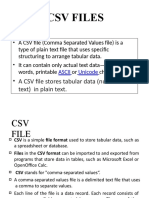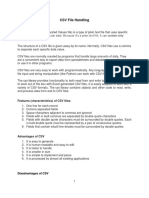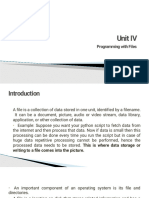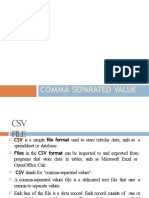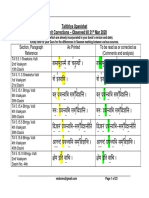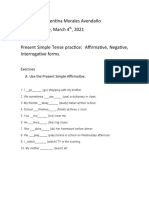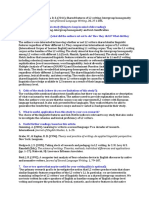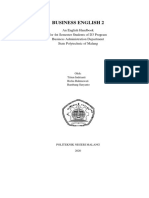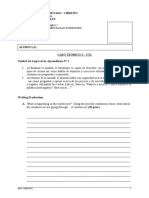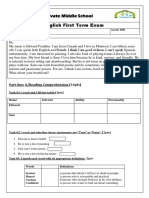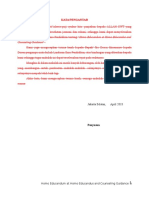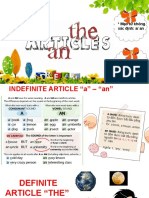0% found this document useful (0 votes)
36 views59 pagesChapter 06 CSV Files
This document discusses CSV files and their usage in Python. It begins by explaining what CSV files are and how they store tabular data separated by commas. It then covers the Python CSV module, which contains functions for reading, writing, and manipulating CSV data in Python. These include the reader() and writer() functions for loading CSV files into Python and writing data to CSV files from Python. Examples are given showing how to read specific fields from a CSV file and write new data to a CSV using the CSV module.
Uploaded by
Naveen KumarCopyright
© © All Rights Reserved
We take content rights seriously. If you suspect this is your content, claim it here.
Available Formats
Download as PPTX, PDF, TXT or read online on Scribd
0% found this document useful (0 votes)
36 views59 pagesChapter 06 CSV Files
This document discusses CSV files and their usage in Python. It begins by explaining what CSV files are and how they store tabular data separated by commas. It then covers the Python CSV module, which contains functions for reading, writing, and manipulating CSV data in Python. These include the reader() and writer() functions for loading CSV files into Python and writing data to CSV files from Python. Examples are given showing how to read specific fields from a CSV file and write new data to a CSV using the CSV module.
Uploaded by
Naveen KumarCopyright
© © All Rights Reserved
We take content rights seriously. If you suspect this is your content, claim it here.
Available Formats
Download as PPTX, PDF, TXT or read online on Scribd
/ 59

